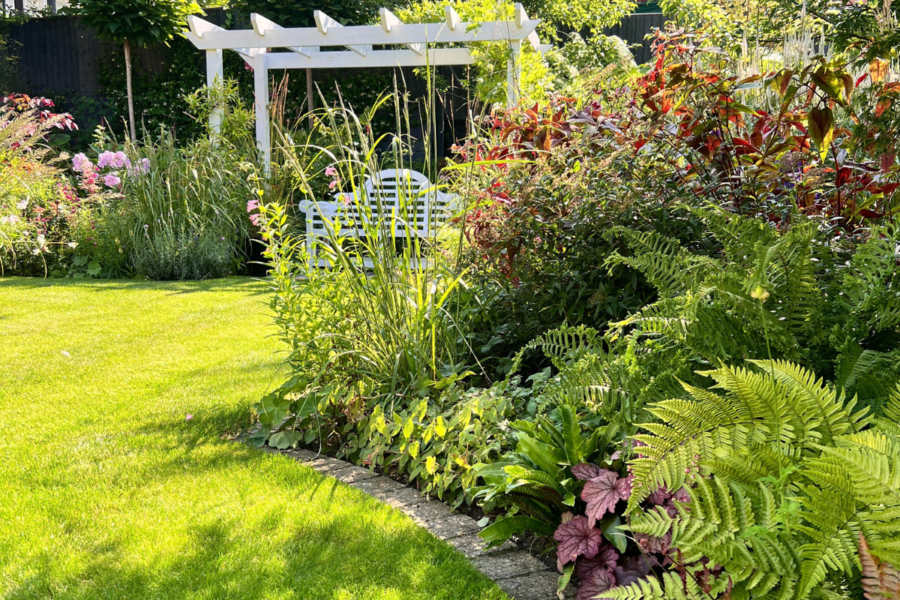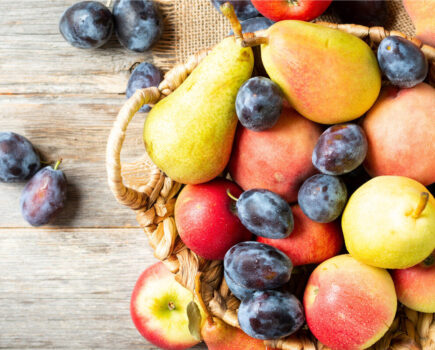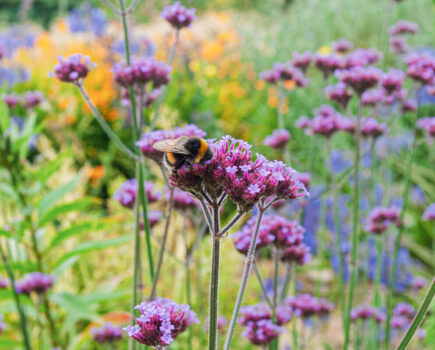Mike Palmer reveals his pick of the best plants to fill those difficult locations
We all love our plants, that’s a given, but, he said, wanting to address a possible ‘elephant in the room’, don’t we all have those annoying little areas where despite our very best intentions, we struggle to find the right plant to fill tricky gaps?
Well, struggle no more, because I’m here to offer planting inspiration for those difficult, bare corners, those annoying shady patches under trees, the vacuous void lurking beneath a shrub or a pretty rose, or an infuriating sloping site where nothing seems to thrive. The answer, or at least some of it, my friends, comes in the form of ground cover plants. That is plants that are generally, but not always, evergreen, and which spread horizontally, or can be planted densely to carpet the ground. and, using my beloved principle of ‘right plant, right place’, I have solutions for arduous areas. Notebooks and pens at the ready!
Planting under trees
I can hear your sighs of sheer frustration! And if this is you, worry not, because it’s one of the toughest areas in which to establish plants.
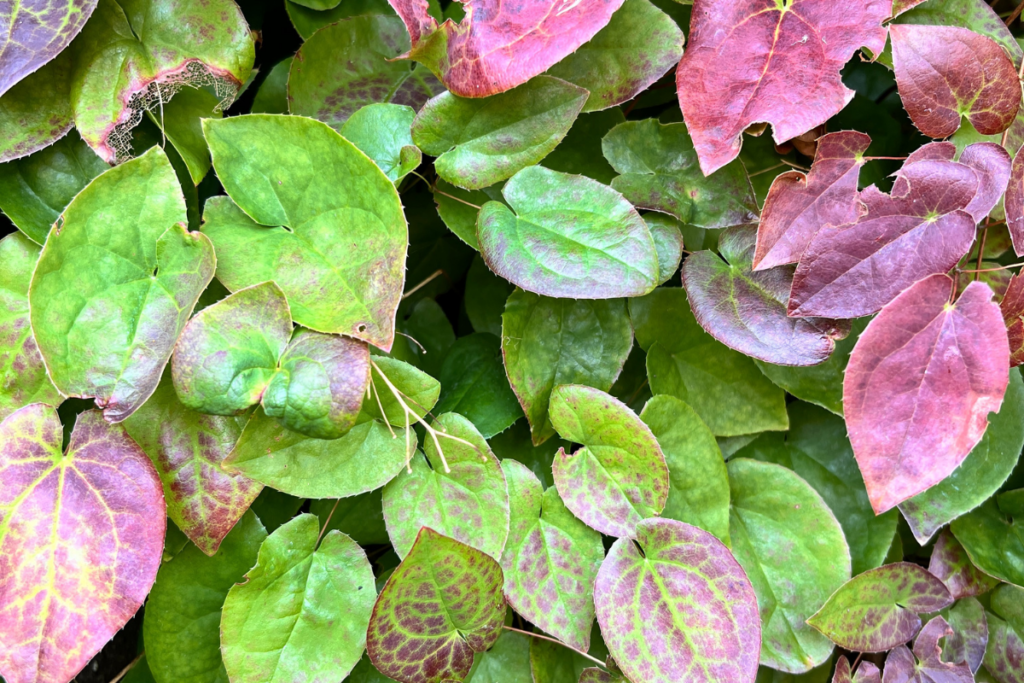
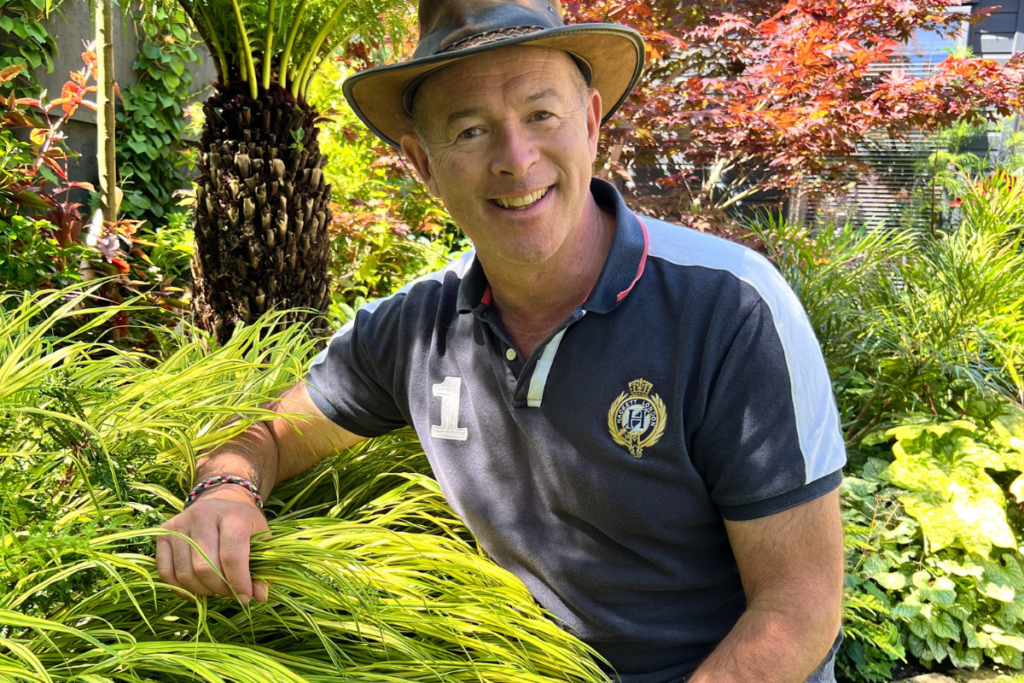

Epimediums, commonly known as Bishop’s Hat because their flowers resemble the headgear worn by certain clergy, is my first ground cover ‘go-to’ for underneath trees. Try the exquisitely red-flushed, heart-shaped, foliage of Epimedium rubrum which has pretty, delicate plum and white flowers borne on wiry stems in early spring. It is low maintenance too, requiring only an annual shearing away of the old foliage before the flowers emerge. H&S: 30cm, (1ft).
My second choice is the especially graceful, Hakone grass, (Hakonechloa macra ‘Aureola’), a small grass, with airy, lime-yellow foliage that has fine, mid-green stripes. It’s partly deciduous, but I love the faded parchment-coloured foliage almost as much as overwintering insects do. Cut back the faded foliage in spring.
H&S: 35cm (14in).
Sloping ground solution
How times change! As a kid, I loved rolling down the slopes in our gardens but now, as a gardener, and at the expense of sounding like my dad, I want tumbling plants, not tumbling youngsters! Sloping sites can be troublesome because rainwater has a tendency to run off instead of penetrating, leaving them slightly drier. So how about a stream of roses? Rosa ‘Rushing Stream’ is a hardy, ground cover rose bearing large, single white flowers throughout summer, followed by pretty, berry-red hips in autumn. H: 50cm, S: 125cm, (H: 19in, S: 49in).

Planting for pathway edges
Most pathways have a slanting cement, or mortar, haunching on the edge to keep the paving of choice firmly in place. Depending upon the width and depth of the haunching, it can sometimes be difficult to find plants that can be planted immediately on the edge of the pathway. Luckily, I’ve found some perfect selections here in my own garden that work well in full sun and full shade.
I couldn’t be without Alchemilla mollis, or Lady’s Mantle. She, among a couple of other choices, has brought me right to the edge… of my paving! Coping well with sun and shade, Alchemilla has soft, velvety, crinkly-edged foliage and small clouds of chartreuse flowers in summer.
H&S: 30cm, (1ft).

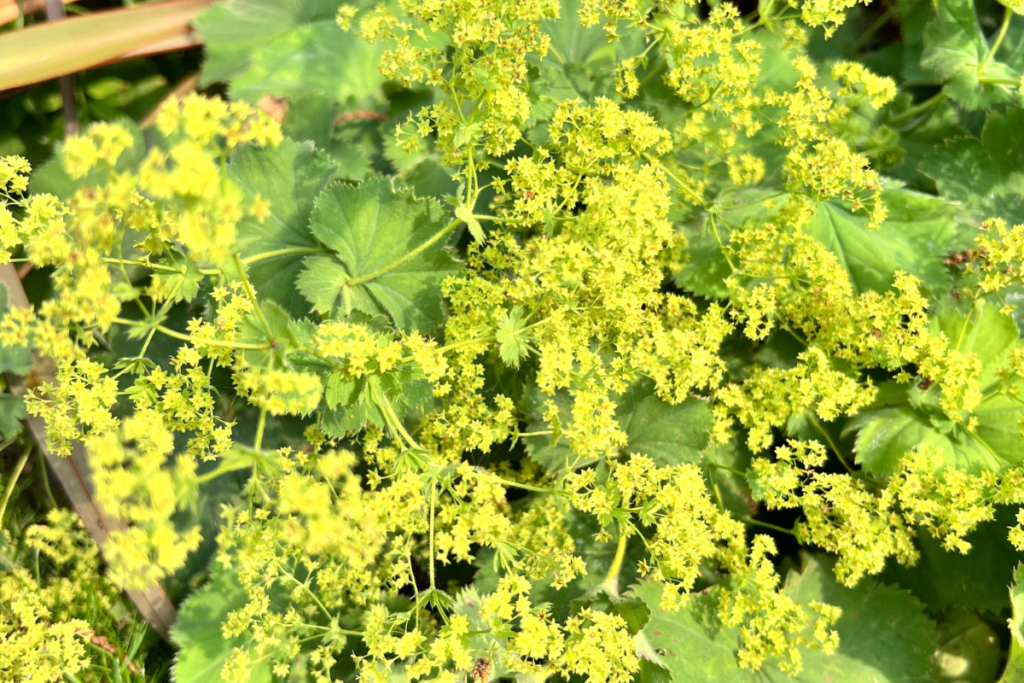
Heucheras come in as a very close runner-up to Alchemilla. They’re essentially foliage plants, but carry sprays of tiny flowers held high above the foliage in early summer. In a painterly palette of shades from lime-green to plum, and terracotta to almost black, you’re bound to find one or more that you’ll want to take home. I’ve also discovered those pesky vine weevil grubs are less likely to make a meal of heuchera roots when they’re planted close to a pathway – I think the haunching must get in their teeth! My favourites include the sumptuous, burnt orange, Heuchera ‘Sweet Tea’ and the smouldering Heuchera ‘Obsidian’. H&S 20cm, (7in).
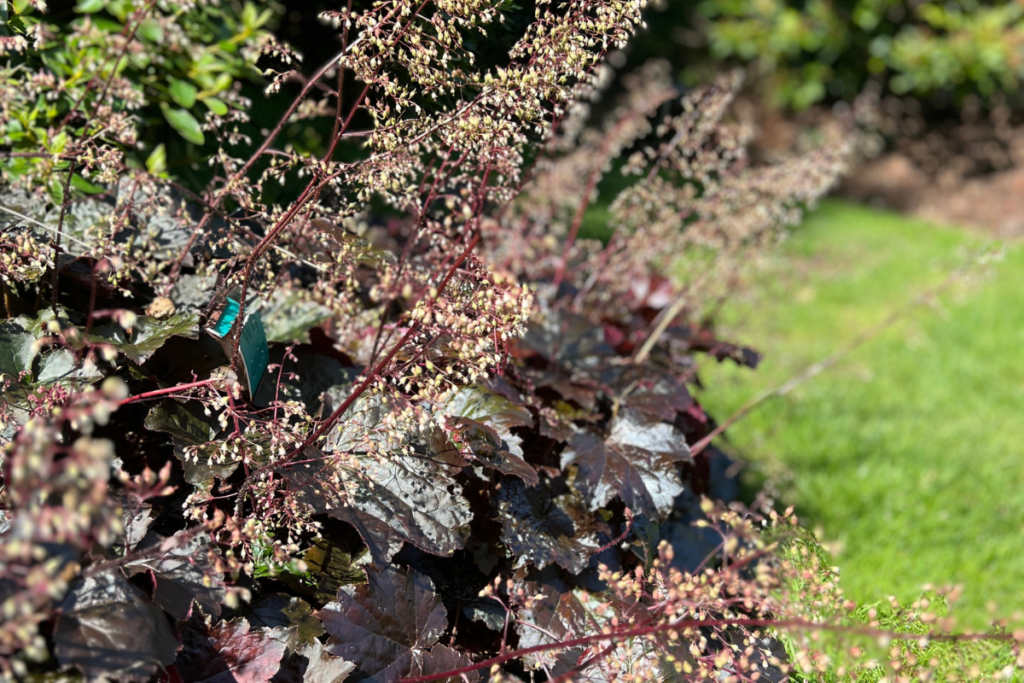
Filling a front of border
We’re all aware these days that front of border plants needn’t be small. However, diminutive delights do have their place when smaller, slightly annoying, gaps need to be plugged. The aforementioned heucheras and Alchemilla, which are semi-evergreen in some areas, tick boxes here, but consider also primroses, for their much-anticipated, spring colour, while their pea-green foliage persists quietly throughout summer. Also how about hardy, Geranium endressii, with its rose-pink blooms, H:45cm, S90cm, (H: 17in, 35in). Alternatively, cool things down with Brunnera ‘Jack Frost’, with its attractive, heart-shaped, pewter-coloured foliage with mid-green veining.
H: 45cm, S: 50cm, (H: 17in, S: 19in).
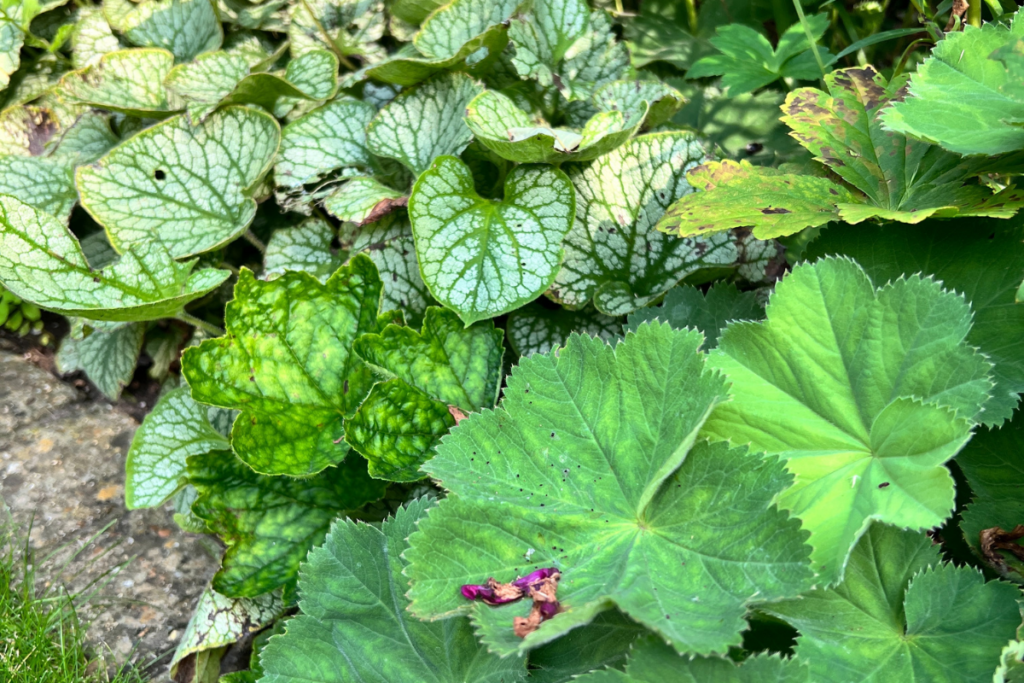
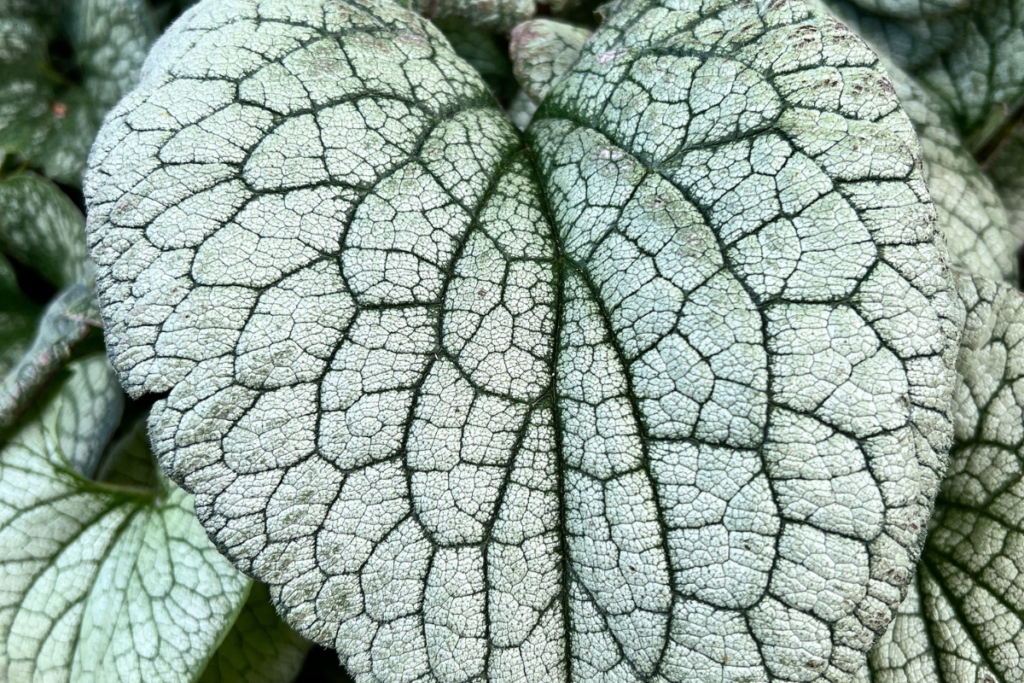
Under shrub planting
If, like me, you get a little twitchy about bare ground under shrubs, particularly where the canopy has been lifted, then evergreen, Pachysandra terminalis, Japanese spurge, will take those woes away. With its glossy, dark green foliage, it displays spikes of small white flowers in early summer, and is perfect for the challenges of dry shady soil. H: 40cm, S; 50cm, (H: 15in, S: 19in).
I love roses, but their summer ‘knees’, quite like mine, benefit from being hidden away! The ever-popular, Lavandula ‘Munstead’ provides the perfect foil or alternatively, the vivid, blue-flowered, hardy Ceratostigma plumbaginoides (Plumbago), which will pack a punch with stunning autumnal colour too. H: 45cm, S: 30cm (H: 17in, S: 12in).

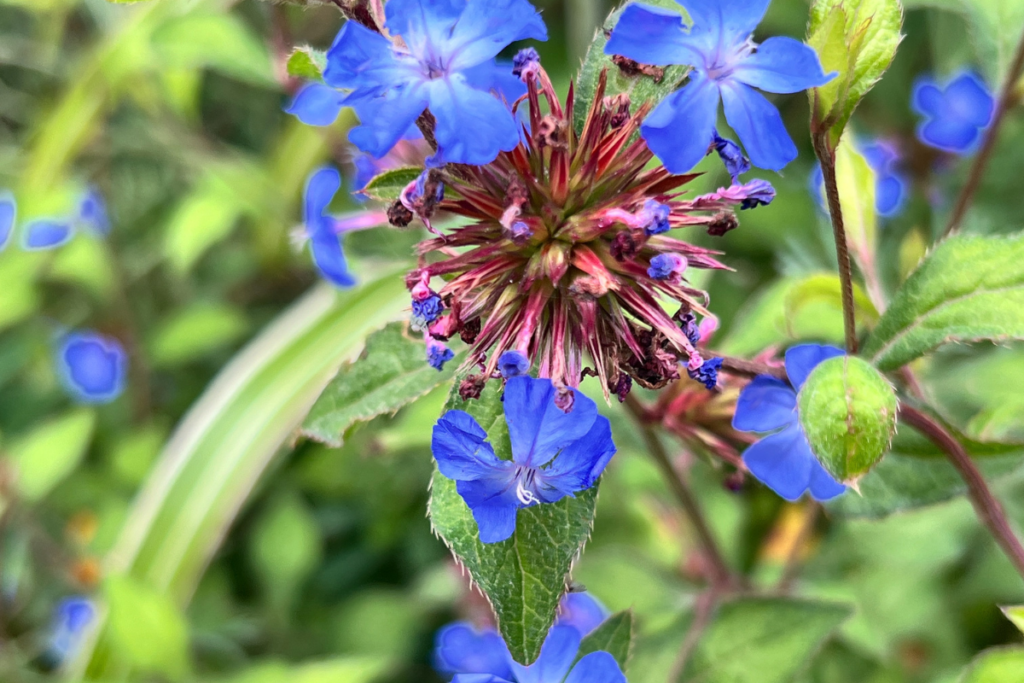
Container ground cover
These days our choices for container plantings is almost endless, but if your want is for the soil to be covered, most of my ground cover selections above will serve you well, underplanted beneath small trees, shrubs or perennials. However, my list of ground cover options has not run dry yet. Other considerations include a scattering of multi-coloured sempervivums (houseleeks), or pretty dianthus (pinks) which will both enjoy a sunny site, or for a shadier container, Hedera helix (ivy) or Vinca minor f. alba ‘Gertrude Jekyll’.
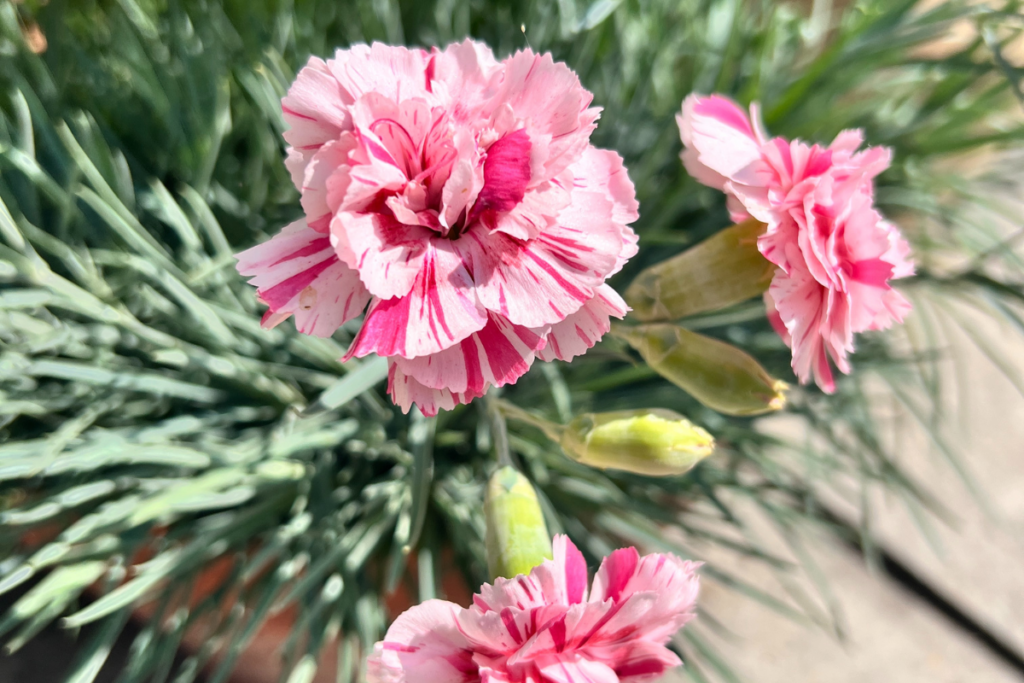
Mike’s ground cover planting tips
Firstly, as with any tough terrain, forking the area to relieve compaction is a great starting point. If the area is particularly root-bound, a small hand-fork works well.
Improving the soil with well-rotted garden compost or a good quality soil improver will also help your plant selections get off to the very best start.
Find more tips, advice and articles like this at the Amateur Gardening website. Subscribe to Amateur Gardening magazine now

